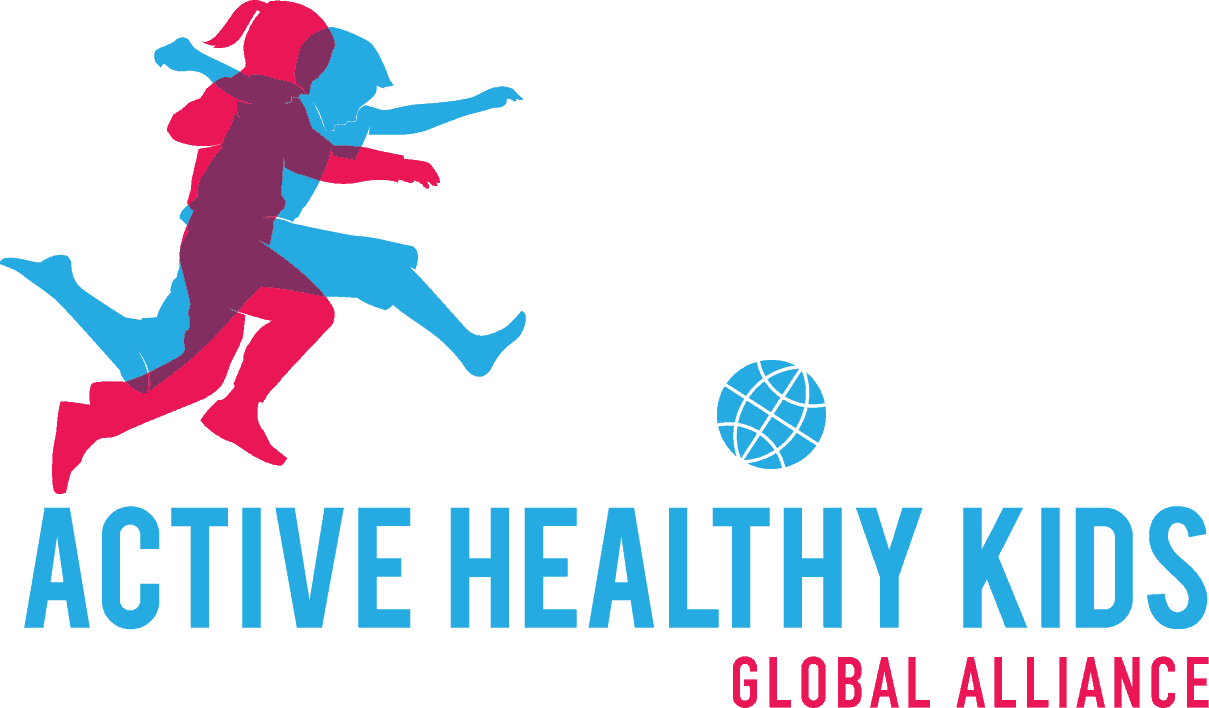The Global Matrix 2.0 on Physical Activity
for Children and Youth
Released on November 16, 2016 in Bangkok, Thailand at the 6th International Congress on Physical Activity and Public Health.

Released on November 26, 2016, the Global Matrix 2.0 is a comprehensive assessment of global variation in child and youth physical activity.
Released on November 26, 2016, the Global Matrix 2.0 is a comprehensive assessment of global variation in child and youth physical activity.
GLOBAL MATRIX 2.0
GLOBAL MATRIX 2.0
Released on November 16, 2016 in Bangkok, Thailand at the 6th International Congress on Physical Activity and Public Health.
Countries
Continents
Grades
Ottawa, ON, Canada – November 16, 2016 – For the first time, harmonized child and youth physical activity indicators across 38 countries from six continents were compared to seek solutions to increase childhood physical activity globally. The global comparisons were led by Dr. Mark Tremblay, Chair of the Active Healthy Kids Global Alliance and Director of the Healthy Active Living and Obesity Research Group at the Children’s Hospital of Eastern Ontario Research Institute in Canada.
Key global findings include:
“Automation, mechanization, urbanization, and digitization have reduced physical activity levels globally,” said Tremblay. “Global efforts to manage these trends are essential and extend beyond creating policies, strategies, facilities and programs to include the preservation and promotion of physical and social habitats where being physically active year round, through outdoor play, transportation, recreation and sport, are the preferred and normative standard, not the exception. This is the contemporary global challenge for all countries.”
“Countries with the most active children and youth overall, including Slovenia, New Zealand and Zimbabwe, rely on very different approaches to get kids to move more,” added Tremblay. “But, what is consistent between all of them is that physical activity is driven by pervasive cultural norms – being active is not just a choice, but a way of life.”
More on the global comparisons
Report Cards from each of the 38 countries, as well as the results of the global comparisons, were presented at the opening plenary of the International Congress on Physical Activity and Public Health in Bangkok, Thailand and published in the Journal of Physical Activity and Health on November 16, 2016.
An interactive map with all country grades, report cards, and related details is available at www.activehealthykids.org. For more information or to schedule an interview, please contact:
Professor Mark Tremblay
Director of Healthy Active Living and Obesity Research
Children’s Hospital of Eastern Ontario Research Institute
Tel: 613-737-7600 x4114
E-mail: mtremblay@cheo.on.ca (preferred)
Search the grades by country or continent.
| Country | Continent | HDI | Overall Physical Activity | Organized Sport and Physical Activity | Active Play | Active Transportation | Sedentary Behavior |
|---|---|---|---|---|---|---|---|
| Zimbabwe | Africa | 0,00 | 16C+ | 14B | 19D+ | 12A- | 14B |
| Wales | Europe | 0,00 | 21D- | 17C | 17C | 17C | 21D- |
| Venezuela | South America | 0,00 | 20D | 23INC | 23INC | 23INC | 21D/F |
| United States | North America | 0,00 | 21D- | 18C- | 23INC | 22F | 21D- |
| United Arab Emirates | Asia | 0,00 | 22D-/F- | 23INC | 23INC | 22D-/F- | 18C- |
| Thailand | Asia | 0,00 | 21D- | 17C | 22F | 14B | 21D- |
| Sweden | Europe | 0,00 | 20D | 13B+ | 23INC | 16C+ | 17C |
| Spain | Europe | 0,00 | 21D- | 14B | 16C+ | 17C | 20D |
| South Korea | Asia | 0,00 | 21D- | 18C- | 23INC | 16C+ | 22F |
| South Africa | Africa | 0,00 | 17C | 17C | 23INC | 17C | 22F |
| Slovenia | Europe | 0,00 | 12A- | 15B- | 20D | 17C | 13B+ |
| Scotland | Europe | 0,00 | 22F | 23INC | 23INC | 17C | 22F |
| Qatar | Asia | 0,00 | 22F | 20D | 23INC | 23INC | 20D |
| Portugal | Europe | 0,00 | 20D | 14B | 20D | 17C | 20D |
| Poland | Europe | 0,00 | 20D | 20D | 23INC | 17C | 20D |
| Nigeria | Africa | 0,00 | 17C | 23INC | 17C | 14B | 22F |
| New Zealand | Oceania | 0,00 | 15B- | 16C+ | 15B- | 17C | 17C |
| Netherlands | Europe | 0,00 | 20D | 14B | 14B | 11A | 17C |
| Mozambique | Africa | 17C | 22F | 20D | 17C | 23INC | |
| Mexico | North America | 0,00 | 17C | 20D | 21D- | 17C | 20D |
| Malaysia | Asia | 20D | 23INC | 23INC | 20D | 20D | |
| Kenya | Africa | 17C | 17C | 14B | 14B | 14B | |
| Japan | Asia | 0,00 | 23INC | 17C | 23INC | 14B | 17C |
| Ireland | Europe | 20D | 17C-/C+ | 23INC | 20D | 18C- | |
| India | Asia | 0,00 | 18C- | 23INC | 23INC | 17C | 17C |
| Hong Kong | Asia | 0,00 | 20D | 18C- | 23INC | 14B | 17C |
| Ghana | Africa | 0,00 | 20D | 17C | 14B | 17C | 20D |
| Finland | Europe | 0,00 | 20D | 17C | 17C | 14B | 20D |
| Estonia | Europe | 0,00 | 22F | 17C | 23INC | 23INC | 22F |
| England | Europe | 0,00 | 21D- | 20D | 23INC | 18C- | 23INC |
| Denmark | Europe | 0,00 | 19D+ | 11A | 23INC | 14B | 23INC |
| Colombia | South America | 0,00 | 20D | 17C | 23INC | 20D | 20D |
| China | Asia | 0,00 | 22F | 22F | 21D- | 18C- | 22F |
| Chile | South America | 0,00 | 22F | 20D | 23INC | 18C- | 20D |
| Canada | North America | 0,00 | 21D- | 14B | 19D+ | 20D | 22F |
| Brazil | South America | 0,00 | 18C- | 23INC | 23INC | 16C+ | 19D+ |
| Belgium (Flanders) | Europe | 0,00 | 21F+ | 18C- | 16C+ | 18C- | 21D- |
| Australia | Oceania | 0,00 | 21D- | 14B | 23INC | 18C- | 21D- |
| Country | Continent | HDI | Overall Physical Activity | Organized Sport and Physical Activity | Active Play | Active Transportation | Sedentary Behavior |
| Country | Continent | HDI | Physical Fitness | Family and Peers | School | Community and Environment | Government |
|---|---|---|---|---|---|---|---|
| Zimbabwe | Africa | Low | 23INC | 20D | 22F | 20D | |
| Wales | Europe | Very High | 19D+ | 14B | 17C | 15B- | |
| Venezuela | South America | High | 23INC | 23INC | 23INC | 20D | |
| United States | North America | Very High | 23INC | 19D+ | 15B- | 23INC | |
| United Arab Emirates | Asia | Very High | 18C- | 20D | 23INC | 13B+ | |
| Thailand | Asia | High | 14B | 17C | 17C | 17C | |
| Sweden | Europe | Very High | 23INC | 16C+ | 14B | 14B | |
| Spain | Europe | Very High | 23INC | 17C | 23INC | 23INC | |
| South Korea | Asia | Very High | 23INC | 20D | 23INC | 17C | |
| South Africa | Africa | Medium | 18C- | 20D | 18C- | 14B | |
| Slovenia | Europe | Very High | 23INC | 11A | 23INC | 13B+ | |
| Scotland | Europe | Very High | 21D- | 24 | 14B | 14B | |
| Qatar | Asia | Very High | 20D | 23INC | 23INC | 14B | |
| Portugal | Europe | Very High | 17C | 14B | 20D | 17C | |
| Poland | Europe | Very High | 17C | 14B | 17C | 17C | |
| Nigeria | Africa | Low | 23INC | 18C- | 23INC | 14B | |
| New Zealand | Oceania | Very High | 17C | 16C+ | 14B | 15B- | |
| Netherlands | Europe | Very High | 14B | 17C | 11A | 23INC | |
| Mozambique | Africa | 23INC | 20D | 22F | 22F | ||
| Mexico | North America | High | 23INC | 21D- | 20D | 17C | |
| Malaysia | Asia | 23INC | 14B | 23INC | 14B | ||
| Kenya | Africa | 20D | 17C | 20D | 17C | ||
| Japan | Asia | Very High | 20D | 14B | 20D | 14B | |
| Ireland | Europe | 23INC | 20D | 13B+ | 23INC | ||
| India | Asia | Medium | 23INC | 23INC | 23INC | 20D | |
| Hong Kong | Asia | Very High | 20D | 17C | 14B | 23INC | |
| Ghana | Africa | Medium | 22F | 20D | 22F | 20D | |
| Finland | Europe | Very High | 17C | 14B | 14B | 14B | |
| Estonia | Europe | Very High | 17C | 17C | 14B | 17C | |
| England | Europe | Very High | 23INC | 13B+ | 14B | 23INC | |
| Denmark | Europe | Very High | 23INC | 14B | 13B+ | 12A- | |
| Colombia | South America | High | 23INC | 20D | 17C | 14B/B | |
| China | Asia | High | 14B | 13B+ | 19D+ | 20D | |
| Chile | South America | Very High | 20D | 20D | 17C | 17C | |
| Canada | North America | Very High | 16C+ | 14B | 12A- | 15B- | |
| Brazil | South America | High | 16C+ | 23INC | 23INC | 20D | |
| Belgium (Flanders) | Europe | Very High | 23INC | 15B- | 23INC | 16C+ | |
| Australia | Oceania | Very High | 16C+ | 15B- | 12A- | 20D | |
| Country | Continent | HDI | Physical Fitness | Family and Peers | School | Community and Environment | Government |
Click on a flag to view a country.


